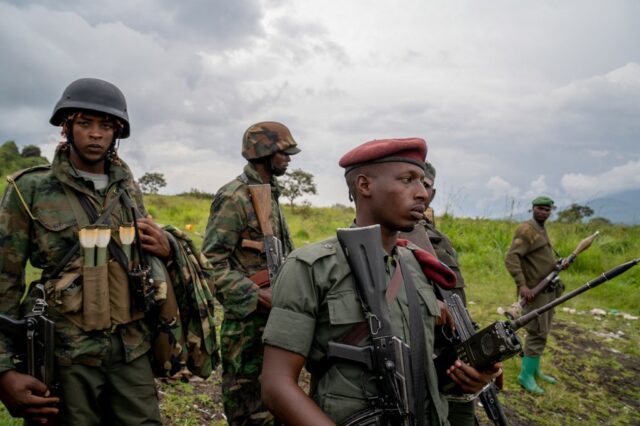
Brief: M23 Rebels Surge in the DRC Amid New Qatari and Angolan Mediation Efforts
Publication: Terrorism Monitor Volume: 21 Issue: 16
By:

In 2021, the M23 rebels in the eastern areas of the Democratic Republic of the Congo (DRC) relaunched an insurgency that initially started in 2012, but had been stopped in 2013 after a peace agreement with the DRC was reached (aljazeera.com, December 12, 2013). Although the group is primarily ethnic Tutsi and is, therefore, allied with the neighboring Tutsi-led Rwandan government, the group also engages in cross-border trafficking. Likewise, M23 is suspecting of benefitting the Rwandan government by controlling and providing it resources in the DRC, especially mineral deposits allegedly amounting to $1 billion annually (ft.com, March 21). Yet, the growing violence by the M23 rebels in the DRC may prove to become too much of a liability for Rwanda, such that the country will have to rein the group in or otherwise distance itself from the rebels.
On July 24, for example, the rebels kidnapped more than 10 civilians in Rutshuru. These individuals had reportedly fled the town but returned because they were unable to find employment elsewhere. Critics of the Rwandan government suggest that the rebels seek to create insecurity, which would eventually lead to the eastern DRC being carved up into new states or spheres of influence, with the M23 areas becoming a proxy for Rwandan control (peacerwandacongo.org, July 24). This would explain the rebels’ continued harassment of civilians, despite the fact that it damages their support among the local population.
Only several days before the Rutshuru kidnapping, the M23 rebels were blamed for killing nine people and wounding more than 10 others when a bomb detonated in the same town. The bomb was detected by local self-defense fighters, who have formed brigades to defend against the M23 rebels. However, while they were attempting to investigate the device, it detonated (voanews.com/Africa, July 23).
The bombing and subsequent kidnapping comes amid an increase in clashes between the M23 rebels and the security forces in Rutshuru, which have forced as a many as 300,000 civilians to towards the regional hub, Goma, which the rebels had once captured in 2011. Nevertheless, the ongoing fighting has largely cut Goma off from most supply routes through which humanitarian support would ordinarily be delivered, to the detriment of large numbers of internally displaced persons (IDPs) (crisis24.garda.com, March 20). Attempts at mediation with the M23 rebels were supposed have to resulted in the militants allowing assistance to enter Goma, but there has thus far been no way to enforce the agreement that was reached.
Qatar is the newest mediator to enter the scene, with the Gulf state teaming up with Angola; this has resulted in the latter participating in both on-the-ground negotiations and their implementation (thepeninsulaqatar.com, March 11). The Angolans are particularly interested in ensuring the safety of those monitors appointed to maintain the ceasefire between the DRC government and the M23 rebels—a ceasefire that has yet to hold, so far. Previous mediation efforts have also failed due to the inability of the former Nigerian and Kenyan heads of state, Olusegun Obasanjo and Uhuru Kenyatta, respectively, to understand the languages of the combatants and complexities of the conflict (dw.com, December 19, 2022).
It remains to be seen whether the backing of an outside financial power like Qatar and new regional player like Angola can have an impact on the conflict. However, the failures of past mediation efforts and the continued resurgence of the M23 rebels demands a fresh perspective on mediation. The Qataris and Angolans may be able to bring the new energy necessary to the negotiating table.



